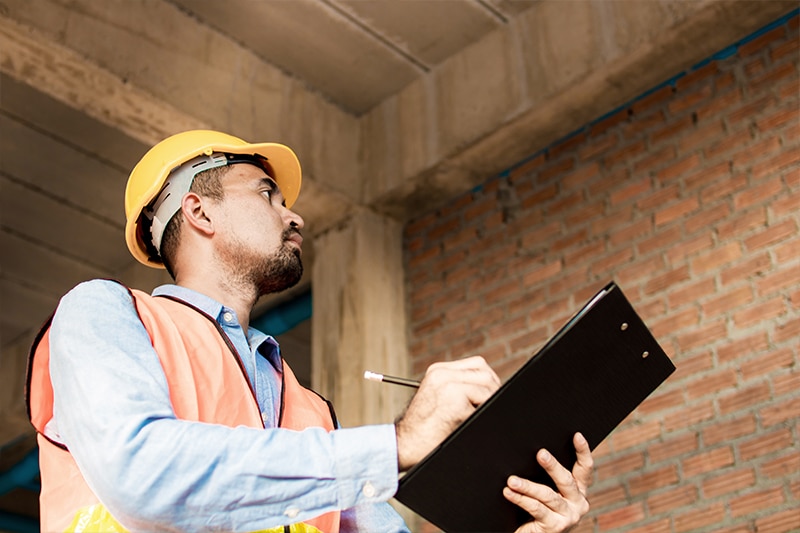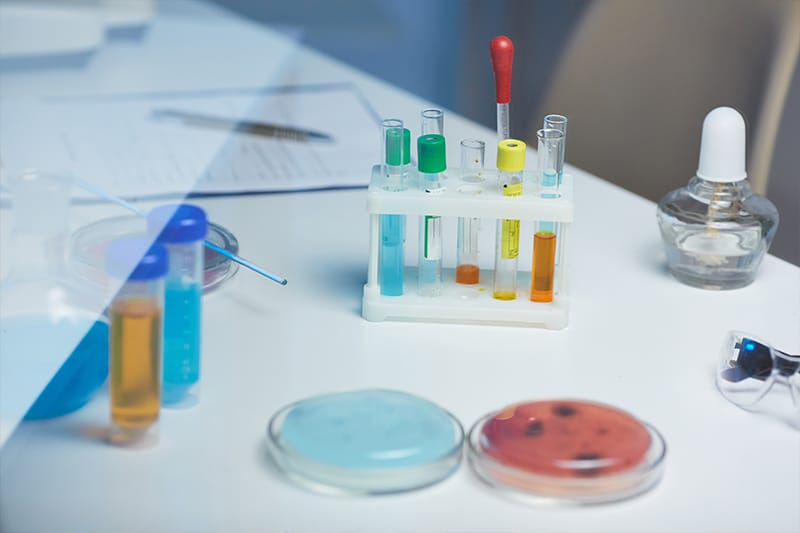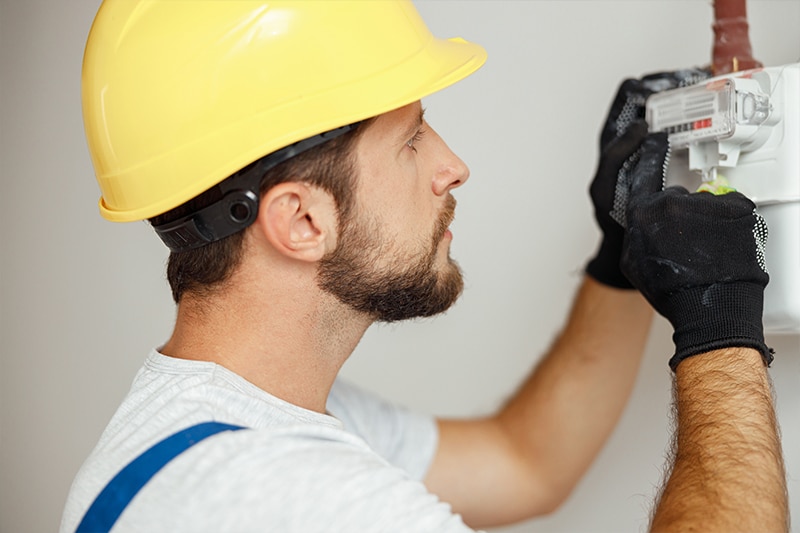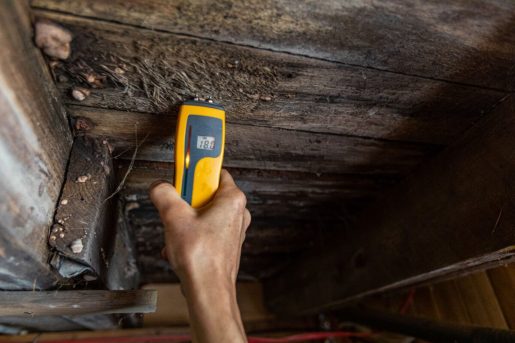ARC Home Inspections: Certified Radon Testing for Mid-Missouri Homes
Mid-Missouri’s Best Radon Testing from a certified InterNACHI Inspector.

Protect Your Loved Ones: What You Need to Know About Radon Testing
Radon gas is a serious health hazard that affects millions of homes across the United States. It is a colorless, odorless gas that can seep into homes through cracks in the foundation or walls. Radon is the second leading cause of lung cancer in the U.S. after smoking and is responsible for over 20,000 deaths each year.
Radon testing is the only way to know if your home has high levels of radon gas. Testing is easy and inexpensive, and it can save your life. In this article, we will cover everything you need to know about radon testing, including how it works, what types of tests are available, and how to interpret your results.
What is Radon Testing?
Radon testing is the process of measuring the levels of radon gas in a home. The test can be done in a variety of ways, including using a passive radon test kit or an active radon test kit. Passive test kits are inexpensive and easy to use, but they require longer testing periods and may not be as accurate as active test kits. Active test kits are more expensive and require more setup, but they provide more accurate results in a shorter amount of time.
Why Should You Test for Radon?
Radon is a serious health hazard that can cause lung cancer. If you live in an area with high levels of radon, you are at risk of developing lung cancer even if you have never smoked. Testing for radon is the only way to know if you are at risk.
Radon levels can vary greatly from one home to another, even if they are located right next to each other. The only way to know if your home has high levels of radon is to test for it.
How Do You Test for Radon?
There are several ways to test for radon, including using a passive or active test kit. Here are the steps to follow for each type of test:

Passive Radon Test Kit
Passive radon test kits are easy to use and require no electricity or special equipment. Here’s how to use a passive test kit:
- Purchase a passive test kit from a home improvement store or online.
- Follow the instructions provided with the test kit to place the kit in the lowest livable area of your home, such as the basement or first floor.
- Leave the kit in place for the recommended amount of time, typically between 2 and 7 days.
- Send the kit to a laboratory for analysis. The laboratory will send you a report with your radon levels.
Active Radon Test Kit
Active radon test kits require more setup and are more expensive than passive test kits, but they provide more accurate results in a shorter amount of time. Here’s how to use an active test kit:
- Purchase an active test kit from a home improvement store or online.
- Follow the instructions provided with the test kit to place the kit in the lowest livable area of your home, such as the basement or first floor.
- Turn on the kit and let it run for the recommended amount of time, typically between 2 and 7 days.
- Send the kit to a laboratory for analysis. The laboratory will send you a report with your radon levels.
What Should You Do if Your Home Has High Levels of Radon?
If your home has high levels of radon, there are several steps you can take to reduce your risk of exposure:
- Hire a professional radon mitigation contractor: A certified contractor can install a radon mitigation system in your home that will reduce the levels of radon gas.
- The most common type of system is a sub-slab depressurization system, which involves drilling a hole in the basement floor and installing a pipe that runs up through the roof. The pipe draws the radon gas out of the soil and vents it outside.
- Increase ventilation: Opening windows and using fans can help to reduce radon levels in your home. However, this method is not as effective as a radon mitigation system and should be used in conjunction with other methods.
- Seal cracks and gaps: Sealing cracks and gaps in your foundation and walls can help to prevent radon gas from entering your home.
- Test your home regularly: Even if you have had a radon mitigation system installed, it is important to test your home regularly to ensure that the system is working properly and that radon levels remain low.
Pros and Cons of Radon Testing Products and Brands
There are several different brands and types of radon testing kits available on the market. Here are some pros and cons to consider when choosing a kit:

Pros
- Easy to use: Most radon testing kits are simple to use and require no special equipment or expertise.
- Inexpensive: Passive radon testing kits are usually very affordable and can be purchased at most home improvement stores.
- Accurate: Active radon testing kits are very accurate and provide results in a shorter amount of time than passive kits.
Cons
- Longer testing periods: Passive radon testing kits require longer testing periods, typically between 2 and 7 days.
- Limited accuracy: Passive radon testing kits may not be as accurate as active radon testing kits.
- More expensive: Active radon testing kits are more expensive than passive kits and require more setup.
Ensure Your Home’s Safety: Key Takeaways on Radon Testing
Radon gas is a serious health hazard that can be found in homes across the United States. Testing for radon is the only way to know if your home has high levels of this dangerous gas. Fortunately, radon testing is easy and inexpensive, and it can save your life. By following the steps outlined in this article, you can ensure that your home is safe from the dangers of radon gas.
Uncover Hidden Issues Before It’s Too Late!
Hire ARC Home InspectionsTo Help Protect Your Investment & Avoid Costly Surprises.

Here are some frequently asked questions about radon testing:
How often should I test my home for radon?
The EPA recommends testing your home for radon every two years.
How do I know if my home has high levels of radon?
The only way to know if your home has high levels of radon is to test for it.
Can I test for radon myself, or do I need to hire a professional?
You can test for radon yourself using a radon testing kit, or you can hire a professional to perform the test for you.
How long does it take to get the results of a radon test?
The time it takes to get the results of a radon test depends on the type of test you use. Passive tests typically take between 2 and 7 days, while active tests take between 2 and 48 hours.
Mid-Missouri’s Most Reliable Home Inspection
We provide reliable home inspection services to home-buyers and sellers in Mid-Missouri, including Cuba, St. James, Rolla, Jefferson City, Owensville, Union, Washington, St. Clair, and surrounding areas. See All Service Areas.
At ARC Home Inspections, our investigative home inspections make the home-buying or selling experience significantly easier to manage—putting the property under the microscope so that you’re aware of potentially concerning issues before a transaction is final. Contact us today to REQUEST AN INSPECTION.
Ask about current package discounts, as well as discounts for select individual services.
Evening appointments are available, and weekend appointments can be scheduled by request. We accept online payments.
